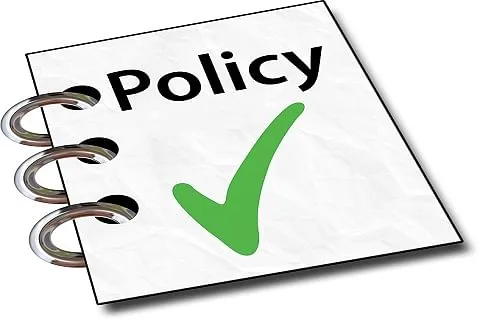While the student have been seeking rollback ofsemester-wise system exams at under graduate level, the government of India hasproposed introduction of this system of exams at secondary and senior secondarylevel. “The secondary and higher secondary classes should be treated as singleunit with introduction of semester wise exams for each class. Under this decisionthere will be with 8 semesters from class 9th to 12th,” reads the draft of thenew education policy-2019. The academicians have however expressedapprehensions over the decision citing that the semester system will worsen theexam management and burden the students further. The State has a bitterexperience of semester system of exams at college level wherein the degrees ofstudents get delayed owing to delayed conduct of exams as well declaration ofresults. “We are already aware that semester system of exams didn’t work wellin the state keeping in view the overall situation and its geographicallocation. If the same system is introduced at secondary level then it will hitcareer of students,” an academician said wishing not to be named. He said theabolition of present system of exams will create a vacuum.
The policy suggests that the students at secondary andsenior secondary level will have to take five to six subjects each semester.”And there will be some essential common subjects for all, while simultaneouslythere will be a great flexibility in selecting elective courses to helpstudents expand their horizons as they see fit and explore their individualinterests and talents,” it reads. The new education policy is expected to havefocus on interactive and fun classrooms wherein questions from students areencouraged, with creative, collaborative, and exploratory activities for deeperand more experiential learning. A top official in school education departmenthowever said the state will discuss the modalities for introduction of semestersystem of exams and convene meeting with MHRD to discuss the limitations of thesemester system exams which has already taken a toll on students as collegelevel. “The proposed draft policy is yet to be implemented, Deliberations willbe held regarding the implementation of the policy for which we will submit ourconcerns and view point on time,” he said. The new National Education Policy(NEP)-2019 proposed by the Ministry of Human Resource Development (MHRD) has howeveralso included some positive features which are aimed at changing the classroomculture for the students particularly the pre-primary and primary section. Theproposed policy suggests that the curricular and pedagogical structure ofschool education should be reconfigured in a way that will make it responsiveand relevant to the developmental needs and interests of learners at differentstages of their development, corresponding to the ages of 3-8 years, 8-11years, 11-14 years, and 14-18 years, respectively. “The schooling of a childshould start from the age of three years onwards and Anganwadis centres shouldbe merged with pre-schools, creating school complexes,” reads the draft policy.The policy has proposed introduction of four years’ integrated B.Ed coursecommon for all teachers. “Two years B.Ed course will be modified to single yearfor under graduate and will be conducted by those institutions conducting fouryear B.Ed courses for teachers,” reads the policy. It proposes introduction ofvocational education in school education commonly. Previously, around 132government secondary and higher secondary schools were identified to introducevocational courses for students but the initiative had failed given the poorresponse of the students. The courses were introduced from class 9th undererstwhile RMSA scheme. The draft policy has a mention of the pupil-teachersratio in the schools and has suggested that the department should ensure properteacher deployment and teacher conditions, and a Pupil Teacher Ratio (PTR)under 30: 1 at every school. Presently, only 43 percent schools in J&Kstate comply with the PTR recommended under erstwhile SSA scheme. As per theset norms of the department the PTR at higher secondary school level should be1:40 but the state has 1:32 while as the teacher student ratio at secondarylevel is 1:14 against 1:35 as recommended. The Pupil-Teacher Ratio is 11:1against recommended 30:1 at middle level in the government schools of J&Kstate.






